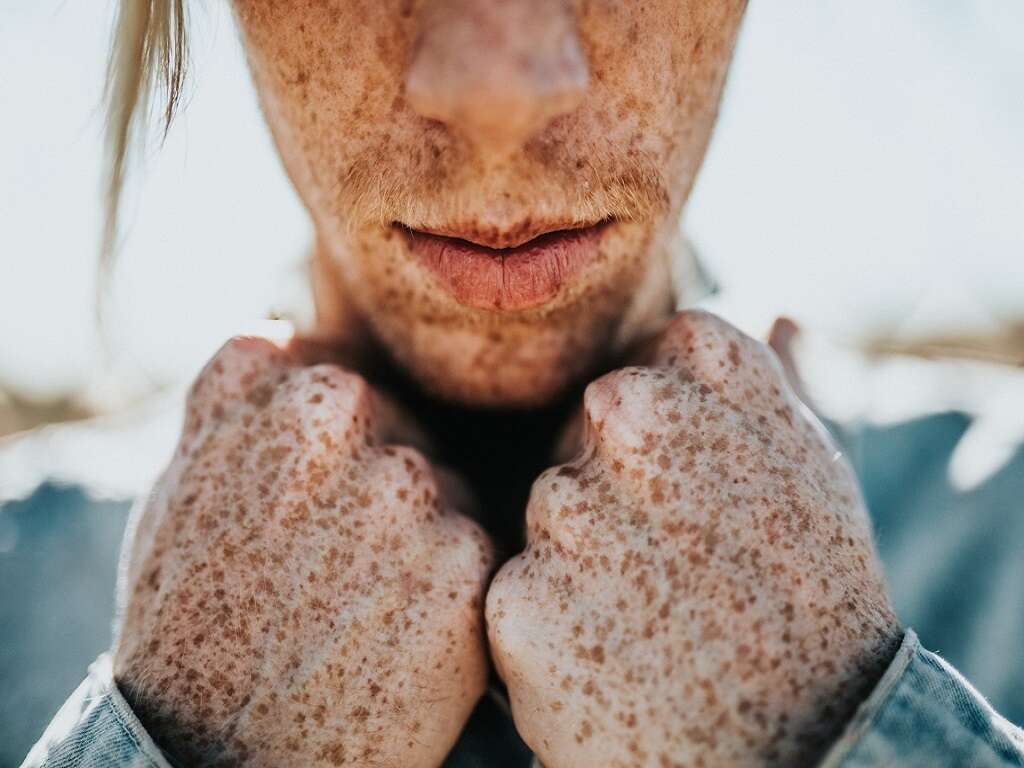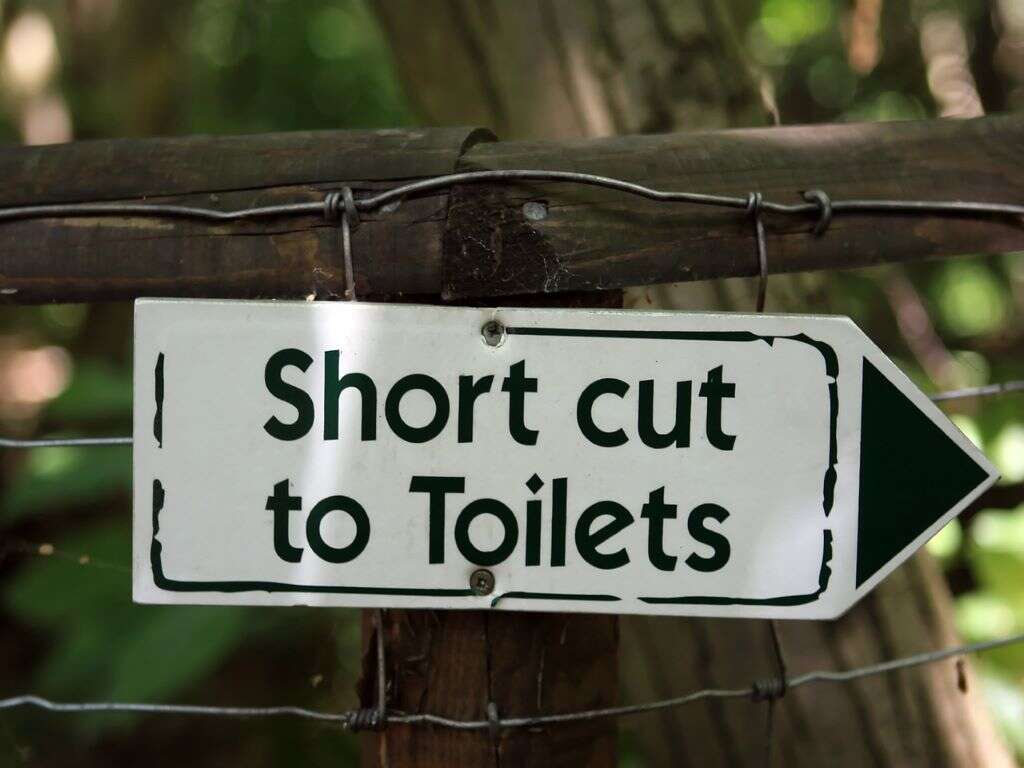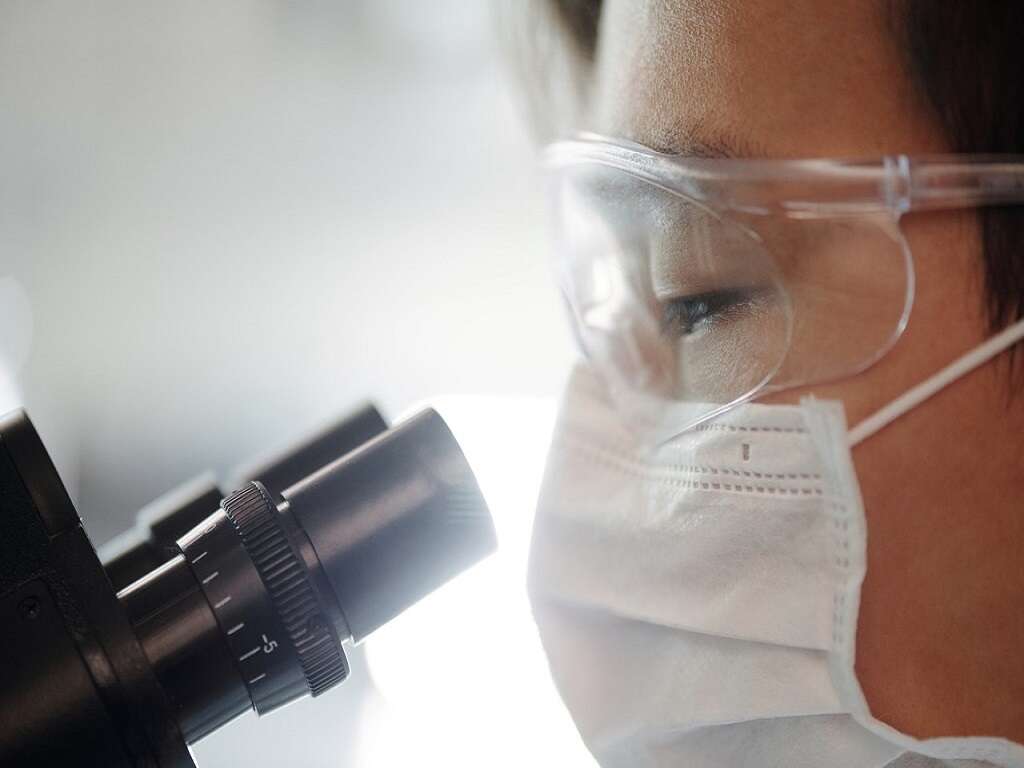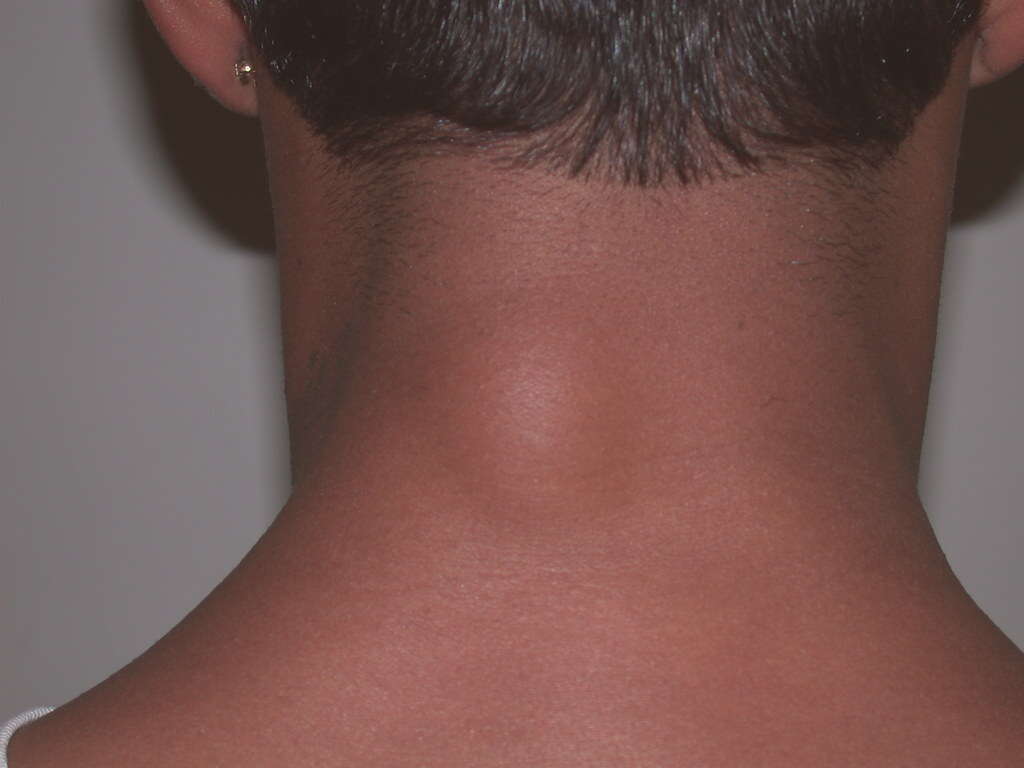10 Plantar Warts Symptoms
 Article Sources
Article Sources
- 1. 'Plantar Wart (Verruca Plantaris).' Plantar Wart (Verruca Plantaris) - Foot Health Facts, www.foothealthfacts.org/conditions/plantar-wart-(verruca-plantaris)
- 2. 'Plantar Warts.' Ada, ada.com/conditions/plantar-warts/
- 3. 'Plantar Warts: Symptoms, Causes and Treatments.' FootAnkleInstitute.com, 19 Feb. 2019, www.footankleinstitute.com/conditions/cysts/plantar-warts
- 4. 'Plantar Warts.' Mayo Clinic, Mayo Foundation for Medical Education and Research, 2 Apr. 2020, www.mayoclinic.org/diseases-conditions/plantar-warts/symptoms-causes/syc-20352691
- 5. 'Pope, Marisa. 'Treatment of Warts in Pediatrics: A Review,' Clinmed Journals, clinmedjournals.org/articles/jfmdp/journal-of-family-medicine-and-disease-prevention-jfmdp-6-132.php?jid=jfmdp
- 6. Lipke, Michelle M. 'An Armamentarium of Wart Treatments.' Clinical Medicine & Research, © 2006. Clinical Medicine & Research, Dec. 2006, www.ncbi.nlm.nih.gov/pmc/articles/PMC1764803/
A plantar wart is a small growth on the skin caused by the human papilloma virus, or HPV. Warts anywhere on the body may be caused by HPV, but plantar warts grow specifically on the feet and toes. Although plantar warts can grow anywhere on the foot, they're usually found on the sole or sides.
Plantar warts, also called verrucas, are divided into two types. A solitary plantar wart is a single growth that may increase in size or develop satellite warts in the surrounding area. Mosaic warts grow as a cluster of small warts in one area.1‘Plantar Wart (Verruca Plantaris).’ Plantar Wart (Verruca Plantaris) - Foot Health Facts, www.foothealthfacts.org/conditions/plantar-wart-(verruca-plantaris)
Thick Skin Lesions
HPV viruses may trigger accelerated growth in the outer layers of skin. A plantar wart may appear as a rough, fleshy growth on the foot. Growths may be the same color as the surrounding skin or have a white, gray or yellow hue. Warts may start out as a hard and slightly raised area of rough, bumpy skin that grows over time. Some plantar warts have smooth surfaces, although this is rare.
Plantar warts may be round or oval-shaped with clearly defined borders. Many plantar warts are approximately the size of a pencil eraser, although they can grow much larger in some cases.1‘Plantar Wart (Verruca Plantaris).’ Plantar Wart (Verruca Plantaris) - Foot Health Facts, www.foothealthfacts.org/conditions/plantar-wart-(verruca-plantaris)
Flat Plantar Warts
Many plantar warts on weight-bearing areas, such as the heel or ball of the foot, are flat and only slightly raised. They may still have a rough surface, but the surface is only slightly higher than the surrounding skin because pressure from walking and daily activities forces the wart to grow inward.
Flat plantar warts may be mistakenly identified as calluses or corns because the skin above them grows in thick, tough layers.1‘Plantar Wart (Verruca Plantaris).’ Plantar Wart (Verruca Plantaris) - Foot Health Facts, www.foothealthfacts.org/conditions/plantar-wart-(verruca-plantaris)
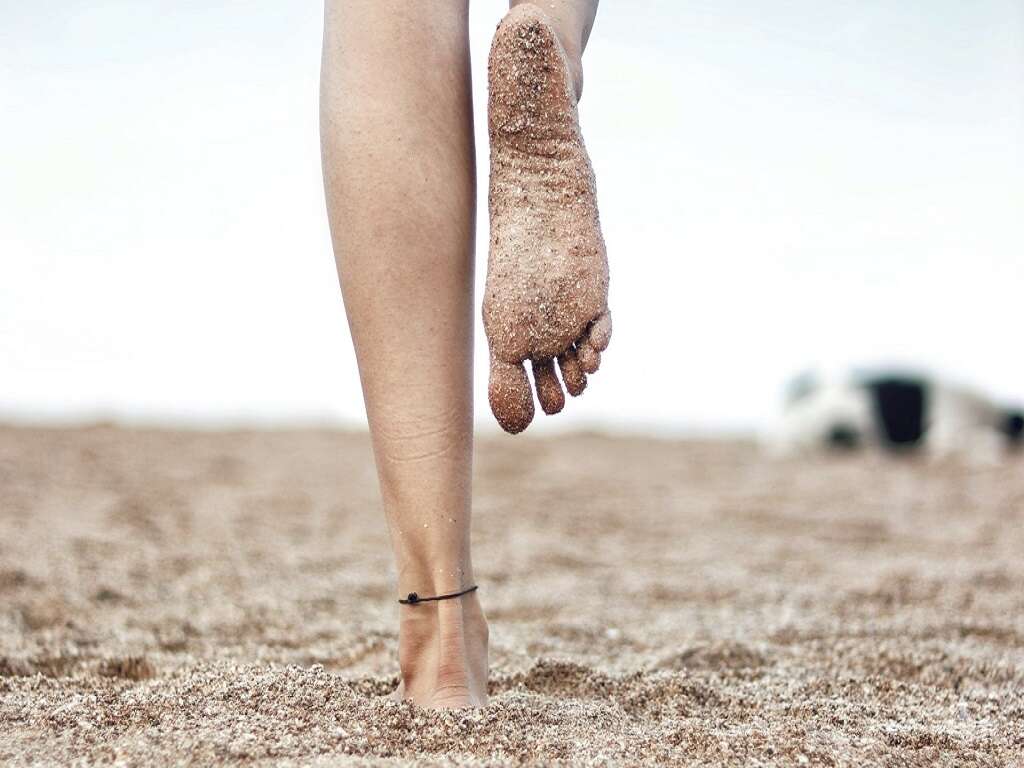
Pain
Warts may be painful if they're located on pressure points. Plantar warts on the bottom of the toes, heel or sole of the foot are subjected to pressure while walking or running. The same pressure that forces a wart to grow inward can also cause pain.
Sometimes, squeezing a skin growth may help differentiate between a callus and a plantar wart. Calluses are usually not painful when squeezed from the sides, but plantar warts may feel sore after being squeezed.2‘Plantar Warts.’ Ada, ada.com/conditions/plantar-warts/
Black Dots
Tiny black dots seen in some warts are actually blood vessels. Sometimes these dots are referred to as seeds, but this is a misconception. Plantar warts, like most other warts, start growing in the outer layer of skin.
Capillaries, the body's smallest blood vessels, grow into the wart and supply it with nutrients and oxygen. Warts are commonly supplied by capillaries, but they aren't always visible in large, thick warts. Attempts to remove warts may damage blood vessels and create more noticeable dark spots.2‘Plantar Warts.’ Ada, ada.com/conditions/plantar-warts/

Skin Ridges
Skin striae are the ridges and whorls that make up fingerprints. The feet and toes have skin striae, as well. Plantar warts can disrupt skin ridges and striae patterns.
Striae lines and ridges may be present on the thickened skin around a plantar wart, but these patterns aren't visible on the wart itself. The top layer of skin covering calluses and corns retains distinct patterns of ridges and lines, so examining skin striae may help identify plantar warts.3‘Plantar Warts: Symptoms, Causes and Treatments.’ FootAnkleInstitute.com, 19 Feb. 2019, www.footankleinstitute.com/conditions/cysts/plantar-warts
Mosaic Warts
Mosaic warts may look different from other plantar warts. Most mosaic warts grow on the balls of the feet or underneath the toes, although they can spread to other areas of the foot, as well. In severe cases, mosaic warts may eventually cover the entire sole of the foot.
Clusters of mosaic warts usually have flat, white surfaces and rarely cause pain while walking. Each wart within a mosaic cluster can be approximately the size of a pinhead.3‘Plantar Warts: Symptoms, Causes and Treatments.’ FootAnkleInstitute.com, 19 Feb. 2019, www.footankleinstitute.com/conditions/cysts/plantar-warts
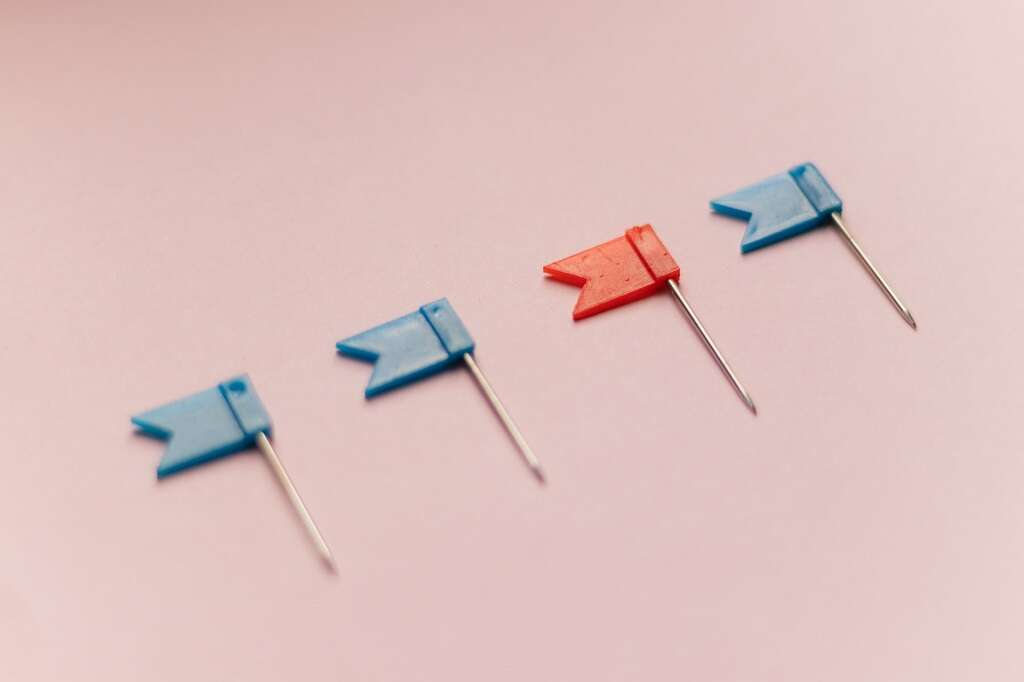
Joint or Muscle Pain
Muscle or joint pain may be indirect symptoms of plantar warts. People affected by painful plantar warts may alter their gait or posture without even thinking about it. If putting pressure on one part of the foot causes pain, a person may react by unconsciously shifting weight to a different area.
Plantar warts don't always develop in the same area on both feet, so an altered gait may be uneven and force certain joints and muscles to move in unusual ways.4‘Plantar Warts.’ Mayo Clinic, Mayo Foundation for Medical Education and Research, 2 Apr. 2020, www.mayoclinic.org/diseases-conditions/plantar-warts/symptoms-causes/syc-20352691
Warts in Other Areas
Plantar warts and other types of warts may develop after a person picks up the HPV virus from contaminated surfaces. However, the HPV virus can also spread from one part of the body to another.
Touching a plantar wart then touching other areas on the body may transfer the virus and trigger the growth of new warts in multiple locations. The HPV virus can also be transferred via objects, such as shoes, socks, washcloths, files or nail clippers.4‘Plantar Warts.’ Mayo Clinic, Mayo Foundation for Medical Education and Research, 2 Apr. 2020, www.mayoclinic.org/diseases-conditions/plantar-warts/symptoms-causes/syc-20352691
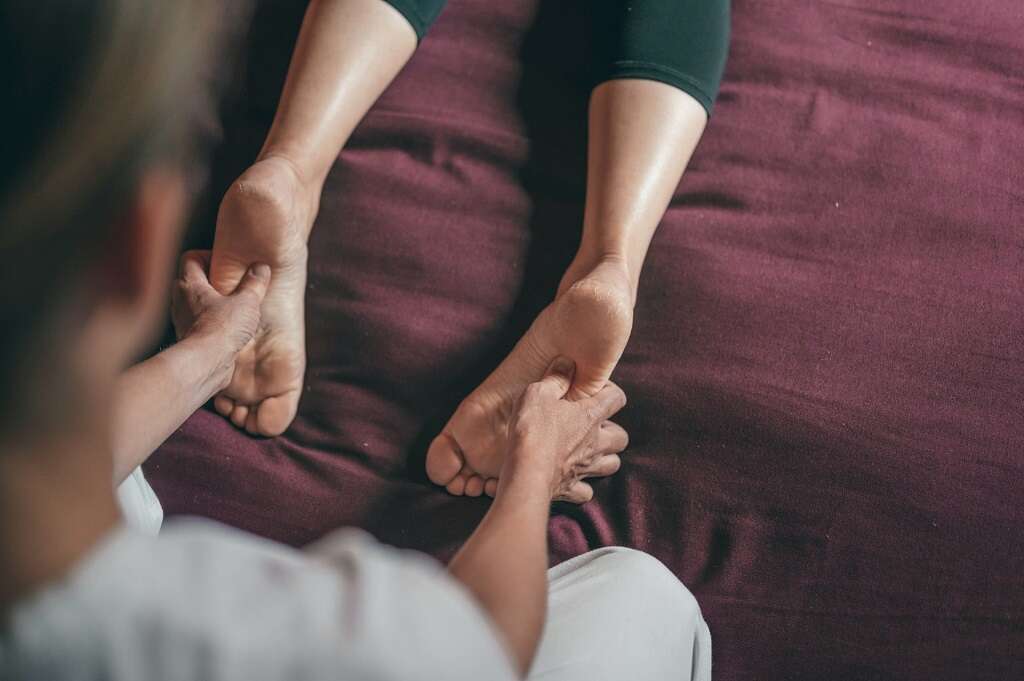
Scars or Discoloration
Plantar warts usually don't cause scars if they heal and fall off without intervention. However, scratching or picking at a wart may damage the skin and lead to scar tissue growth. Many wart removal medications and procedures are categorized as destructive because they destroy wart tissue.
Destructive removal methods, such as CO2 lasers, cryotherapy and surgical interventions, can also cause scars and hypopigmentation, which means the affected area becomes lighter than surrounding skin.5‘Pope, Marisa. ‘Treatment of Warts in Pediatrics: A Review,’ Clinmed Journals, clinmedjournals.org/articles/jfmdp/journal-of-family-medicine-and-disease-prevention-jfmdp-6-132.php?jid=jfmdp
Periungual Warts
Warts growing around fingernails or toenails are called periungual warts. They may occur at the same time as plantar warts on other parts of the foot. Some periungual warts grow underneath toenails. These warts may cause abnormal toenail growth, cuticle damage or even permanent toenail disfigurement.
Periungual warts under toenails may be very painful and bleed frequently. A fleshy periungual wart may grow quickly and push the toenail up until it detaches from the nail bed.6Lipke, Michelle M. ‘An Armamentarium of Wart Treatments.’ Clinical Medicine & Research, © 2006. Clinical Medicine & Research, Dec. 2006, www.ncbi.nlm.nih.gov/pmc/articles/PMC1764803/



